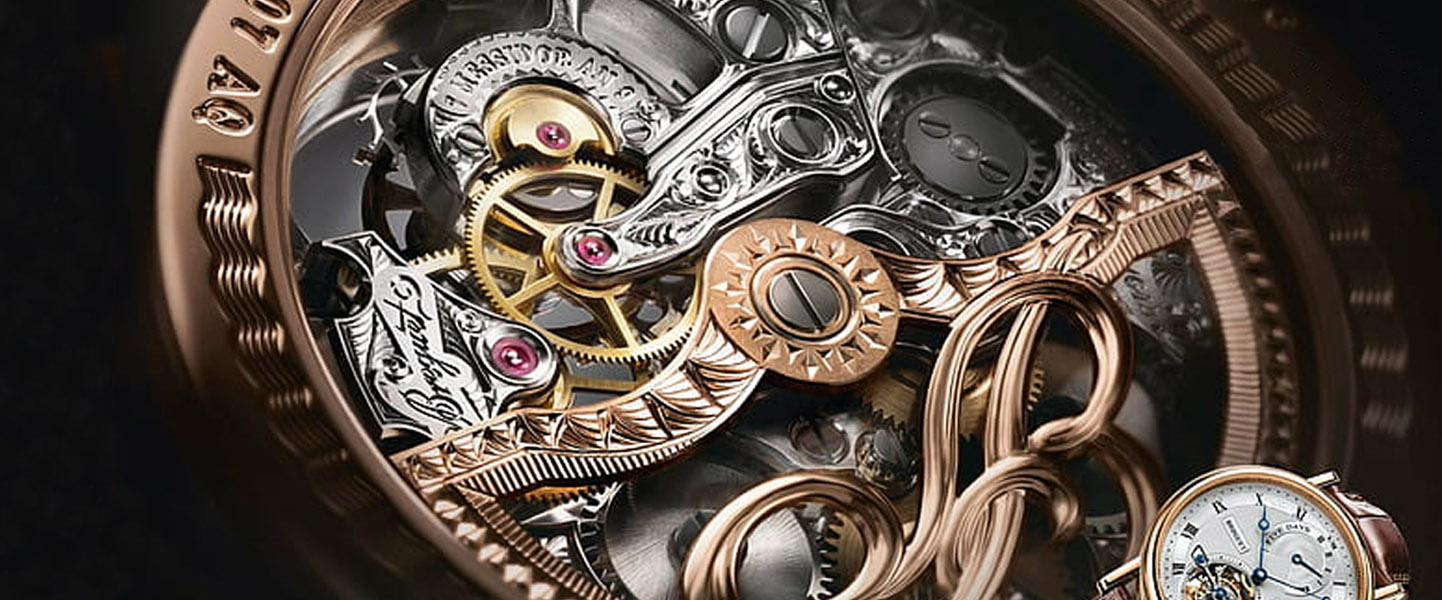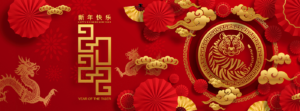While in Geneva, Switzerland cementing the footprint for WWASCO’s European office this summer, I took an afternoon off for some tourist activity. I’m a fan of timepieces and visited the Patek- Philippe Museum, immersing myself in the wondrous collection of timepieces (a ‘must- see’ if you’re in Geneva). While viewing these amazing works of art and fine craftsmanship, it occurred to me that a fine timepiece and what goes into creating it is very similar to the structure and machinations of an organization. I’d like to share my insights as I believe you will find them quite intriguing and food for thought. Post-read, you may never take your wristwatch for granted.
Upon setting one’s eyes upon a timepiece (let’s use the wristwatch for this commentary), the shape and face of the watch are what initially catches the fancy of the observer. The name on the watch holds great significance because along with the outer presentation of the watch, the name represents a brand. When you see the name and logo of Patek-Philippe, Rolex, Cartier, TAG, Panerai – what comes to mind? Quality, value, precision, prestige, complications, investment and ‘statement’ are a few thoughts that cross the collector’s mind.
Business organizations can be thought of in the same vein. What comes to mind when you hear the following: Nike, UnderArmour, Cadbury, Godiva, Medtronic, Abbott, New York City, Paris? Whether it’s sports apparel, chocolates, medical devices, or cities; each one has a brand. The name and the brand – like the visible parts of a watch – send messages of recognition to our brains. We take at face value what that brand stands for. The brand is what drives the consumer to the point of purchase.
Let’s get a little more complicated (no pun intended) and take a closer look at the watch. Some of my own timepieces come with complications.
“A complication on a watch is a function on a watch other than the display of the time and can range from the very simple to highly complex that are found in the most rare and expensive works of horology. Timepieces with complex complications can take years to build and are works of fine craftsmanship and engineering.” (Source: Tourneau)
Examples of complications are dates, chronographs, dual time zones, tourbillon, and moon phases. Translate this to the business organization and think ‘divisions or branches’ of the business – the parent company (the face) can contain complications such as commercial products, consumer products and charitable outreach programs (even intangibles have branding and faces).
Aside from what is visible to the eye, what is inside the watch – the parts – is what makes the timepiece run and what ultimately sells the brand. The synergy of the parts (teams) – the architecture and movements of the parts behind the face of the watch – is what completes the product and ensures the smooth and accurate running of the timepiece. The parts (teams) can be considered testing, design, manufacturing, etc. These teams are what bring the product to life to the select market. If one part or team doesn’t operate perfectly on its own, the seamless and accurate overall function of the organization or timepiece will fail. In short – the watch stops.
I’m sure you get the point. Let’s not forget the packaging of the product for the end user’s experience (customer experience/focus group studies are key to the packaging and branding of the product). Suffice it to say, the distribution of a timepiece (dealerships, retail stores, customized product divisions for select clients) can all be compared to where your product will be placed – the pipeline and flow of distributing your product(s) – whether it be commercial, institutional, retail, domestic, global – are crucial to the success of market penetration, sales and the growth of the organization.
Lastly, consumer feedback is key to product innovation, modification, and future growth of the company. Ask yourself this: what makes your product or brand more attractive to your target market? Is it form, function or both? What makes your brand stand out over your competition? Is it quality, cost, customer service, reliability, speed of delivery? Why should your potential customer purchase your apparel line, chocolate, medical device or visit to your city rather than the other players in the field? What message is your brand sending to the global market? If your product is not meeting or exceeding your sales forecast, ‘open the watch’, examine the parts (teams) and evaluate the cause of where the sluggishness resides, and restore the synergy of your timepiece/organizational flow.
The next time you look at your Timex, Rolex, Garmin, Apple or Patek – give it some thought. I’ll wager you’ll never see time with the same eyes again.
A big shout- out of gratitude to the Patek-Philippe Museum in Geneva, Switzerland for bringing to my attention the anatomy and complications of the timepiece and how it transcends to the synergistic movements of the modern organization.
If you would like to learn how White Wolf Advisory Services can help your organization run more efficiently and stand out from your competition, give us a call or email our office today. We are now on both sides of the ‘pond’.


